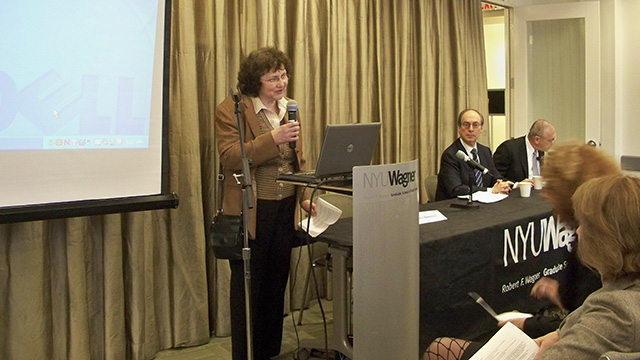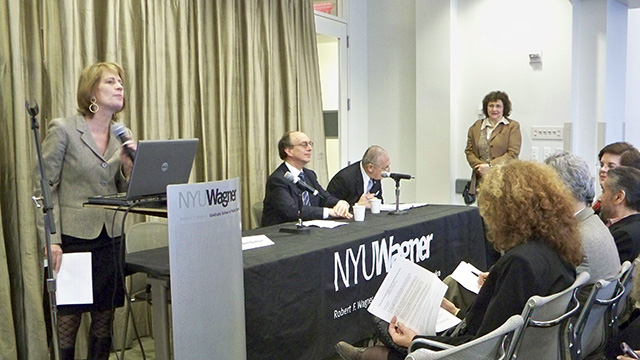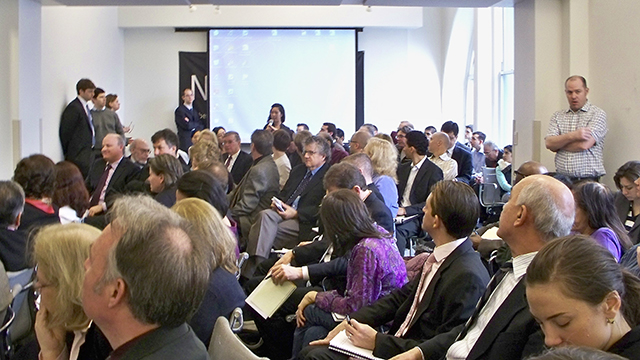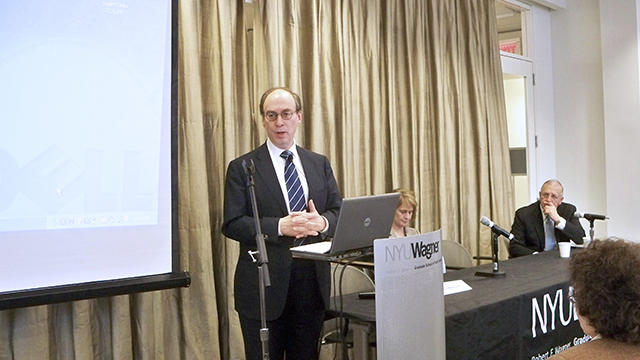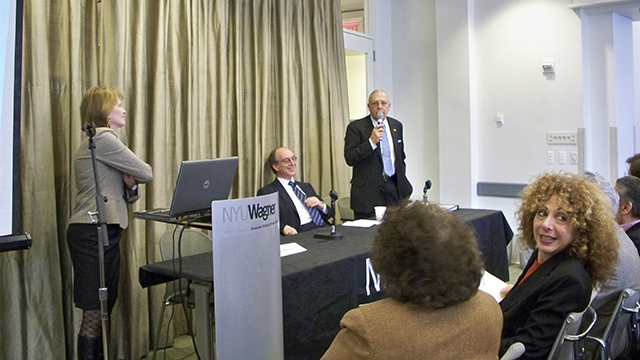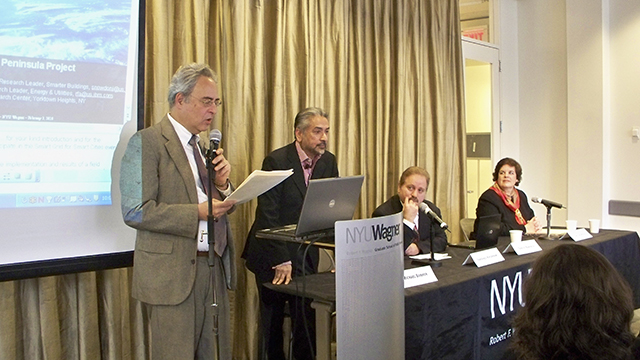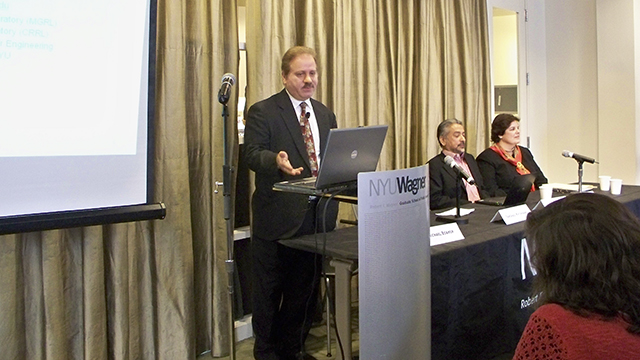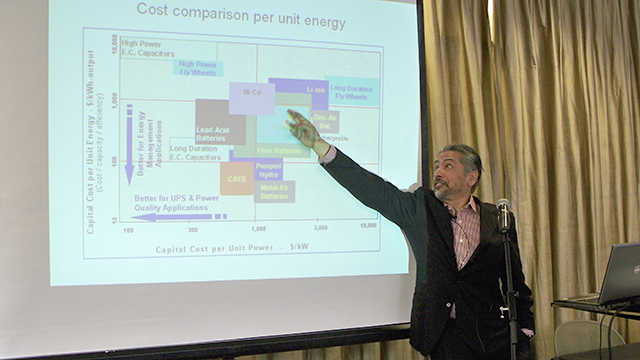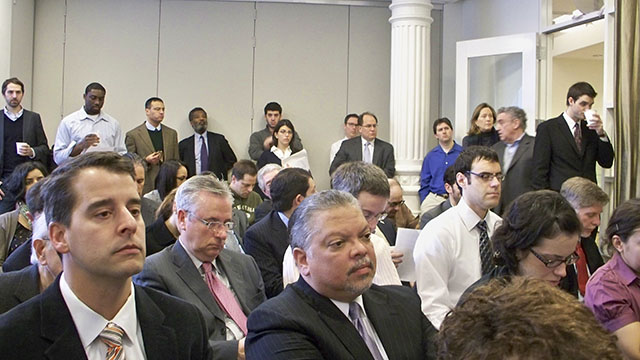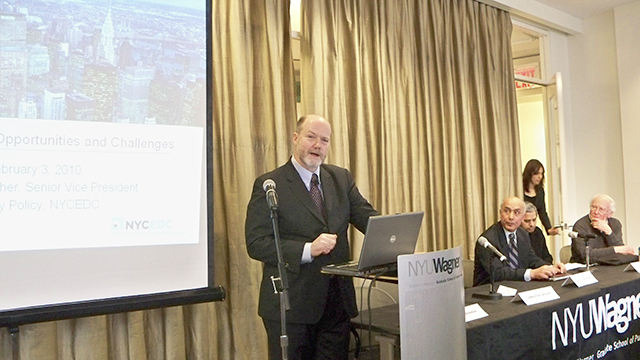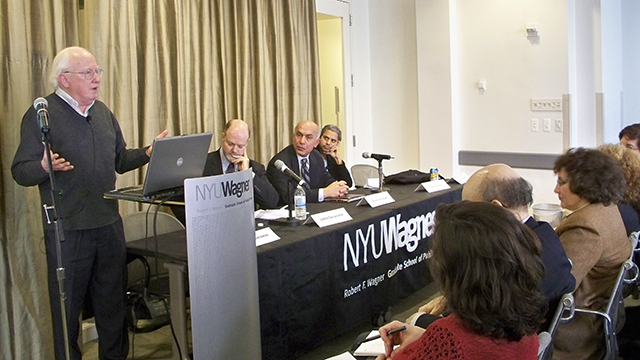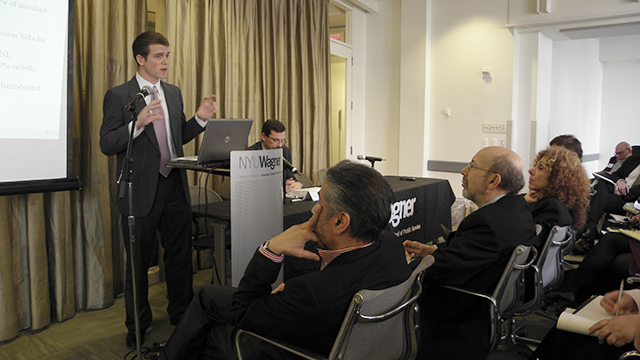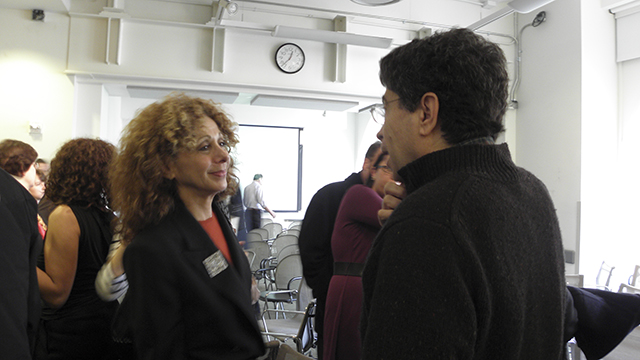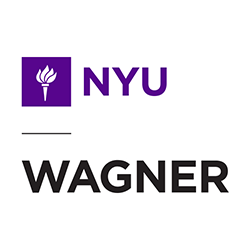Smart Grid For Smart Cities
Wednesday, February 3, 2010 Half-day Conference Write-up
Keynote Speakers:
Robert Catell and Jacob Worenklein tackle the question of what problems would a smart grid solve for New York City.
Mr. Catell foresees a smart grid able to lower electric power costs through creation of system-wide efficiency improvements. Without system-side IT capability, New York faces utility bills growing by 20% and peak power demand soaring by a third. Mr. Worenklein highlights improved electric service reliability and smaller environmental impacts as major benefits of a smart grid, stressing the importance of funding the next generation of research and development now.
As with any major infrastructure innovation, there will be a challenges ahead and a need to develop a shared vision among key constituencies.
Marcia Bystryn moderates.
Panel One: The Opportunities
Because the availability of renewable power is stochastic, Farshad Khorrami explains how switching in the smart grid enables improved reliability and services by successfully integrating electric power from multiple sources.
Sanjoy Banerjee examines how electric power storage capabilities can permit the integration of renewables into the power grid and facilitate demand management.
Jane Snowdon offers a case study of a smart grid pilot project in Washington State's Olympic Peninsula. This research provides insights into customer behavior in three different utility rate scenarios.
Michael Bobker moderates.
Panel Two: The Challenges
James Gallagher maps out the current electric power regulatory framework, its capacities to integrate smart gird development and explores what is needed now. He links utility regulation to the goals of PlaNYC 2030, the City's "greener greater" building legislation and the fact that smart grids need smart buildings.
Reza Ghafurian makes a presentation about Con Edison's pilot smart grid projects, the role of ARRA stimulus-funded initiatives and the complexities of working in a city as densely built-up as New York.
William Hery and Ramesh Karri look into the challenges of ensuring cyber security on a web-enabled power grid. Based on a risk management assessment, they explore the new world of global cyber-vulnerabilities.
Rae Zimmerman moderates.
Panel Three: Micro Grids & Energy Networks
Stephen Hammer and Michael Hyams shift the discussion from macro power generating and distribution systems with centralized operations and controls to decentralized micro-grids that combine heat and electric power generation. They report on research about New York City's building stock and the potential for creating new clean energy networks. Messrs. Hammer and Hyams conclude that smart grids need smart politics. Self-selecting participation in a smart gird future will not be sufficient.
Nancy Anderson moderates.
Speaker Presentations For Download As PDFs
Links to Smart Grid For Smart Cities: Opportunities and Challenges Presentations (in order of appearance)
Keynoters
- Robert Catell, (Chair, New York State Smart Grid Consortium)
Download Keynote - Jay Worenklein, (Partner, Bingham McCutchen)
Download Keynote
Panel One: The Opportunities
- Farshad Khorrami (Professor, Electrical & Computer Engineering, NYU-Poly)
Download Challenges in Cyber-Controlled Smart Grid - Sanjoy Banerjee, Ph.D. (Director, Energy Institute, CUNY)
Download Electricity Storage - Jane Snowdon, Ph.D. (SR, MGR, Industry Solutions and Emerging Business, IBM)
Download GridWise The Olympic Peninsula Project
Panel Two: The Challenges
- James Gallagher (Senior V.P., NYC Economic Development Corporation)
Download Smart Grid: NYC Opportunities and Challenges - Reza Ghafurian (Con Edison)
Download Smart Grid Demonstration - William Hery (Co-Director, ISIS Lab, NYU-Poly)
Ramesh Karri (Assoc. Prof., Electrical and Computer Engineering, NYU-Poly)
Download Cyber Security and the Smart Grid
Panel Three: Micro Grids & Energy Networks
- Stephen Hammer, Ph.D. (Exec Dir, JUCCCE, Energy Smart Cities Initiative)
Michael Hyams (RA, CEMTPP at Columbia University)
Download Smart Energy For Smart Cities and NYC Cogeneration Draft Working Paper
Video Selects
NYU Wagner Event (2010) Video Clips
Executive Director of the Sallan Foundation Nancy Anderson kicks off conference.


